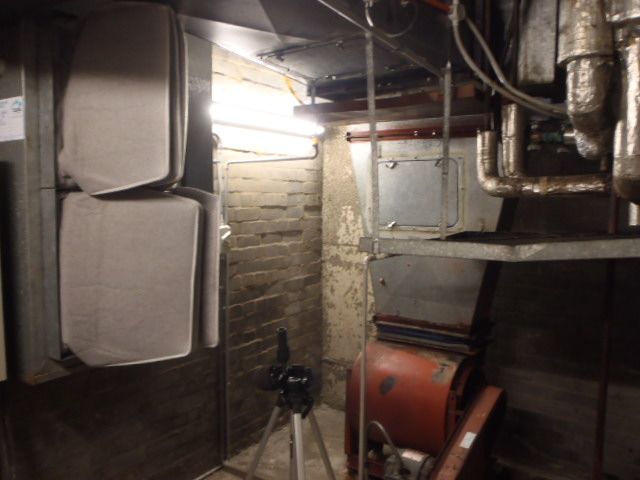Safe Environments were recently engaged to provide noise assessments of plant rooms in commercial buildings within Sydney CBD. The purpose of the noise assessments was to determine whether the noise levels within the rooms may pose a risk of industrial deafness or noise induced hearing loss.
Sources of Noise within Plant Rooms
The equipment within plant rooms in buildings can include a number of noisy machines and equipment. The majority of noise in plant rooms generally come from the air conditioning equipment. The noise of chillers turning on and off can be quite expectant with no time to prepare. The noise associated with air conditioning within the plant rooms is through fans supplying air throughout the building. Fan rooms can be a quite noisy place to be.
Cooling towers with the noise of water cascading through, as well as hydraulic pumps to move the water around can increase the noise levels within the plant rooms. Boilers can also create significant noise levels as well.
Lift control rooms can have a constant clicking of the switches turning on and off. The sound of the lift motors, pulleys and breaks can contribute to the overall noise exposure. In many instances, the lift control room needs to be cooled to ensure that the plant does not overheat. These are generally through fans the use of split air conditioning systems that feed directly to the lift room.
Plant Room Noise Testing
The noise assessment is first conducted through noise levels measured throughout the room. Due to the number of plant and equipment within the building, each piece of noise generating equipment should generally be measured. Many items may not be operating and a long period of testing may be required.
Noise Assessment Report
The report should outline the sound levels within each of the plant rooms along with the associated noise generating plant and equipment. The report should also outline whether the day was representative. It may be preferable to undertake testing both in summer and winter as there will be different operating times for the equipment.
Reporting of the Plant Room Noise Levels
The noise within the plant rooms should ideally be below 80 dB(A) however it is recommended that if the assessment identifies that the noise levels are greater than 85 dB(A) then signage should be provided at the entrance to the plant room.
Before entering the plant room with noise levels of 85 dB(A) it is recommended that Personal Hearing Protection (PHP) be provided. The type of PHP that is provided will be dependent on the noise levels as well as the activity that is likely to be conducted.
For more information on noise assessments and surveys, please contact Safe Environments, based in Sydney and Melbourne
Author: Carl Strautins

Email: Carl@SafeEnvironments.com.au
Carl Strautins is a managing director of Safe Environments Pty Ltd a multi-specialist consultancy operating in the building, construction and property management industries. He provides the necessary guidance and risk minimisation strategies required by architects, construction companies and facility managers to ensure they mitigated their risk to property risk. He is engaged on a regular basis to provide expert opinion for disputes and legal proceedings. Click here to know more about him.


